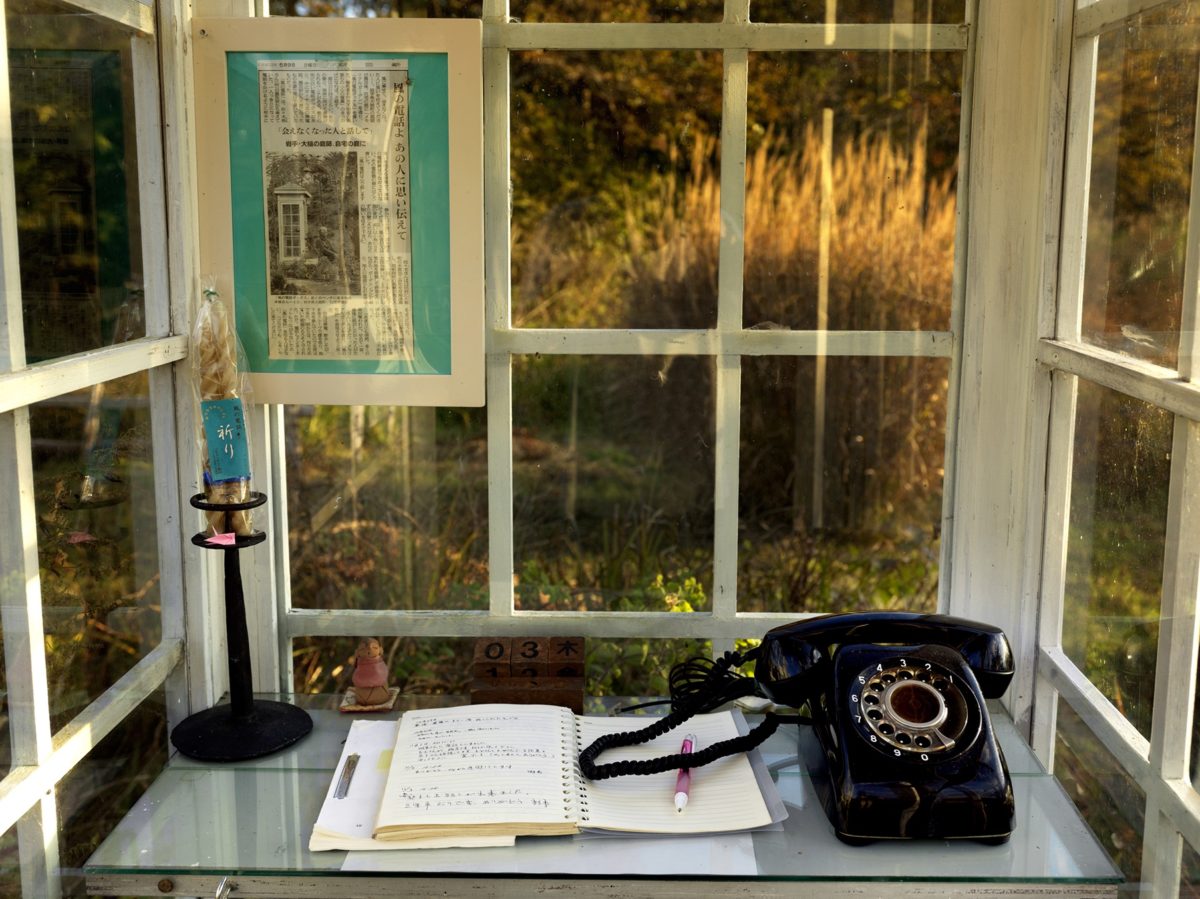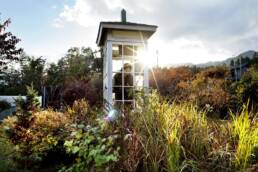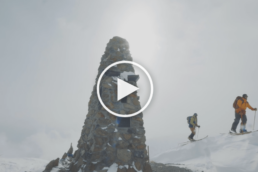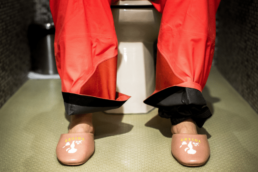In an effort to reach those whose souls were taken by the ocean, Japan’s phone of the wind is helping tsunami survivors carry on.
Where do we go to connect with those we’ve lost? In Japan, they go to the town of Otsuchi where there’s a phone booth in a field, overlooking the Pacific Ocean. They go to Kaze No Denwa, the “Phone of the Wind.”
A year before Japan’s 2011 earthquake and tsunami, when approximately 20,000 Japanese died, 70-year-old Itaru Sasaki was struggling with the death of his cousin. He wanted a place where he could privately air his grief, so he installed a black, rotary phone in an old-fashioned phone booth on his property. The phone has no electricity, no dial tone and is connected to nowhere. He wanted to tell his cousin how much he missed him, how much he was loved. He wanted his message to be carried by the wind.

After the tsunami, news of the “Phone of the Wind” spread, and the pilgrimage to it became a national phenomenon. In just three years, more than 10,000 visitors made the journey.
In 2016, Japanese public broadcaster NHK featured the phone booth in a documentary and broadcast conversations visitors had inside it. In one scene, a man wearing a long jacket walks through the snow into the booth. He picks up the receiver. “If you can hear me, please listen. Sometimes, I don’t know what I’m living for. Let me hear your voice saying ‘Daddy’, again.” He takes a long pause and sobs. He hangs up, removes his glasses, covers his eyes and whispers, “I’m so sorry. I couldn’t save you.” Outside, he wipes his eyes and speaks to a reporter. “If I forget, who would remember them?”
In another scene, a man dials a number and says: “Hello love. Where are you? I hope you haven’t caught a cold. Hurry home to me. We’re all waiting. OK? Make sure you eat well. I miss you.”
Every day Sasaki visits the phone booth and cleans it like an altar. “No matter how hard it is, hope makes life worth living,” he says. “I wanted to offer something for people to connect with those they’ve lost.”
Jeff Pew
Jeff Pew is co-founder of Poetry on the Rocks, an annual celebration of spoken word in the East Kootenays. He works as a creative writing teacher and counsellor to teens. He lives in Kimberley, BC.
Related Stories
Japan: A Skiers Journey EP1 S3
Follow skiers Chad Sayers and Forrest Coots through Japan as they explore a world of contrasts. From Tokyo’s city…
Why Japan Skiing is Awesome
For the past two seasons, Washington student and videographer Mattias Evangelista has skied the slopes and documented…
Izzy Goes to Japan
Izzy Lynch and Robin O'Neill are on assignment for next winter's edition of KMC Magazine. We asked them to report from…
Izzy Lynch Reports From Japan – Take 2
Robin O’Neill sneaking out from behind the lense to smash some Moiwa pow. (@izzy__lynch photo) We booked our plane…
Surf Canada Set to Compete at Historic Competition In Japan This Month
Surf Canada is among 55 nations and 240 athletes that have gathered in Miyazaki, Japan to celebrate the 2019 ISA World…






